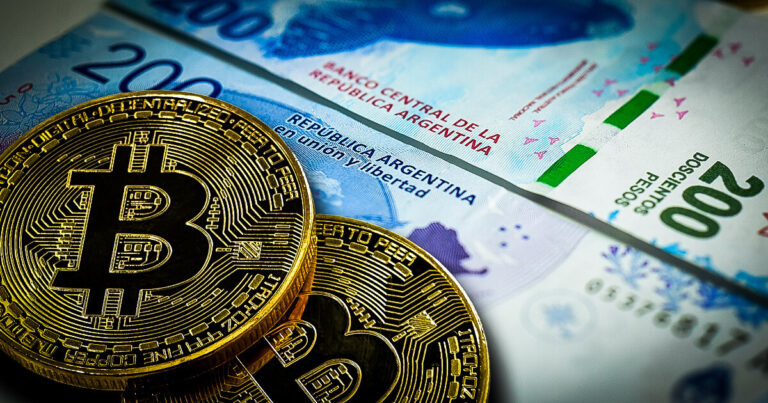According to Chainalysis’ Global Adoption Report, stablecoins like USDT have become an important financial tool in Latin America, helping citizens cope with persistent economic fluctuations.
The region, which accounts for 9.1% of the world’s crypto value received, has experienced significant growth this year, primarily due to increased institutional interest and consumer adoption of digital assets.
From July 2023 to June 2024, Latin America received nearly $415 billion in cryptocurrencies, slightly surpassing East Asia in global crypto activity despite lower adoption numbers.
Argentina leads the region with $91.1 billion in crypto value received, closely followed by Brazil with $90.3 billion. Brazil has seen renewed institutional investor activity, with high-value trades increasing by 48.4% from Q4 2023 to Q1 2024.
In particular, stablecoins pegged to the US dollar play a central role in hedging against inflation in countries such as Argentina and Brazil, where local currencies have depreciated sharply.
financial stability
Stablecoins have become a lifeline for citizens of countries facing economic instability. In Argentina, inflation soared to 143% in 2023, causing many to seek alternatives to protect their savings from the devaluation of the Argentine Peso (ARS).
The report noted that the use of stablecoins has surged, especially in the wake of newly elected President Javier Millay’s “shock therapy” economic policies, reducing the value of ARS by 50%.
According to data from Bitso, a major regional exchange, stablecoin trading volumes surged after major economic events. For example, when ARS fell below $0.002 in December 2023, stablecoin trading volume exceeded $10 million the following month.
Argentina’s dependence on stablecoins is reflected in its share of the region’s stablecoin trading volume of 61.8%, higher than Brazil’s 59.8% and the global average of 44.7%.
organized activities
Meanwhile, Brazil is seeing a significant resurgence in institutional cryptocurrency activity after a temporary decline in early 2023.
According to a report by Chainalysis, institutional transactions (above $1 million) in the country increased by 29.2% in the last two quarters of 2023, and further increased by 48.4% between the fourth quarter of 2023 and the first quarter of 2024. It is said that he did. .
Experts attribute this recovery to the SEC’s approval of Bitcoin and Ethereum ETFs in January, increasing interest in digital assets among institutional investors.
The report also highlights the involvement of major financial institutions, including the entry of global players such as Circle, which launched its USDC stablecoin in Brazil in May.
This growing interest is further fueled by Brazil’s advanced regulatory environment, with initiatives like the Drex pilot program, a hybrid central bank digital currency (CBDC) platform, gaining global attention.
As Latin America’s crypto market continues to evolve, stablecoins are poised to play an important role in providing financial stability, especially in countries facing inflation and currency devaluation.
mentioned in this article
Source link


